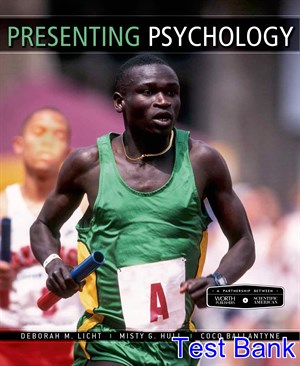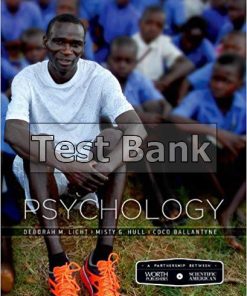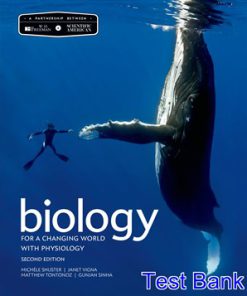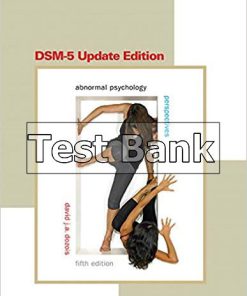Through thoughtful, immersive learning, Scientific American: Presenting Psychology uses profiles and video interviews of real people to help you relate to the defining concepts of psychology.
Table contents:
Chapter 1: Introduction and Research Methods demonstrates how psychology was intensely relevant to the 33 Chilean miners who spent over two months trapped underground.
Chapter 2: Biology and Behavior interweaves psychological concepts with the story of Iraq War veteran Brandon Burns, who experienced a miraculous recovery from a brain injury, and Christina Santhouse, a young woman who has thrived in school, work, and life in general–after having an operation to remove nearly half her brain.
Chapter 3: Sensation and Perception tells the story of Elizabeth Hooker, a mother raising deaf and blind triplets.
Chapter 4: Consciousness offers a peek into the life of anesthesiologist Dr. Robert Julien, and explores the experiences of Matt Utesch, a young man with narcolepsy.
Chapter 5: Learning illustrates learning principles using basketball pro Jeremy Lin and blind marathon runner/triathlete Ivonne Mosquera.
Chapter 6: Memory tells the poignant tale of the amnesiac Clive Wearing and follows Dorothea Seitz, a memory expert, to the World Memory Championships.
Chapter 7: Cognition, Language, and Intelligence explores the cognitive breakdown of stroke survivor Jill Bolte Taylor and the reading difficulties of actor Orlando Bloom, who has dyslexia.
Chapter 8: Human Development details the lives of two community college students–Jasmine Mitchell, a single mother juggling education and career responsibilities with childrearing, and Chloe Ojeah, a young woman who cares for her aging grandparents in between classes and homework.
Chapter 9: Motivation and Emotion relates the life experiences of Mohamed Dirie, a young man who immigrated to the United States from Somalia, and Lucy Magnum, a child who survived a shark attack.
Chapter 10: Personality introduces the digital personality Tank, a robot receptionist at Carnegie Mellon University.
Chapter 11: Stress and Health details the experiences of a Eric Flansburg, a police officer, and Kehlen Kirby, an emergency medical services (EMS) provider.
Chapter 12: Psychological Disorders tells the story of Ross Szabo, a young man with bipolar disorder, and a Melissa Hopely, young woman with obsessive compulsive disorder.
Chapter 13: Psychological Therapies focuses on Dr. Daniel Foster, a therapist working on an Indian Reservation and Laura Lichti, a licensed therapist just beginning her career.
Chapter 14: Social Psychology explores the life of Olympic runner Julius Achon, who adopted 11 orphans from his homeland of Uganda, and relates the story of Joe and Susanne Maggio, a married couple who found each other via the Internet.
People also search:
scientific american presenting psychology 1st
scientific american presenting psychology pdf
scientific american presenting psychology pdf free download
g stanley hall first american psychology laboratory
scientific facts about first impressions













